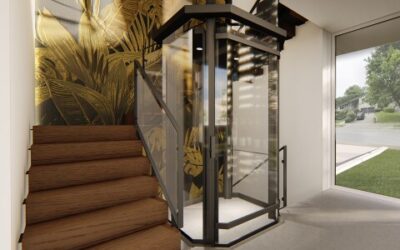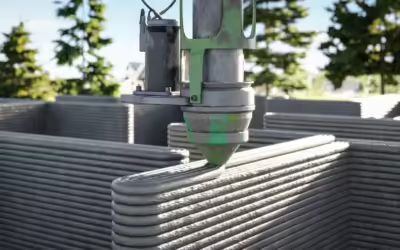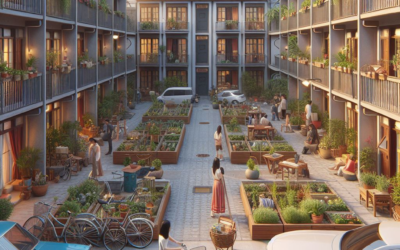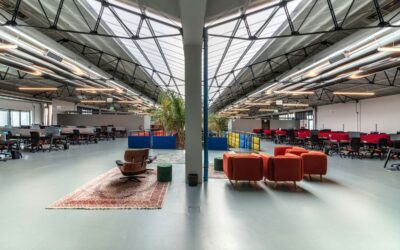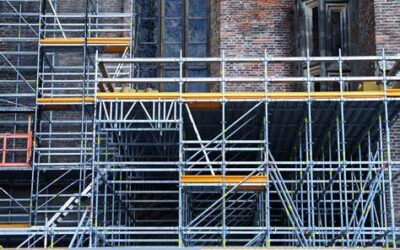At this point, just about everybody in the building industry is on board with the idea that sustainable practices are critical to ensuring a better future for our world. However, achieving a built environment that is good for both the environment, the inhabitants, and the greater field of design can be a tricky thing to balance. There are many means towards this goal, but occasionally someone will approach it from a very tangential angle, either in hopes of proposing a novel idea, or simply to stir the pot. Erring more on the latter end of that spectrum, Norman Foster of Foster+Partners was recently interviewed by Dezeen, airing some controversial opinions on sustainability practices in architecture today.
With a massive catalog of built works, and an ever-increasing scale of design, Foster+Partners is known for projects such as the Apple Headquarters Campus in Cupertino, which is a prime example of the design language they’ve become known for: massive scale, heavy reliance on mechanical systems, and a prolific use of concrete and glass. As we develop a better understanding of materials and building performance, new standards are being set for where and how certain materials are used.
To better define those standards, the Royal Institute of British Architects (RIBA) developed a climate pledge that aims to decarbonize the building industry. When presented at the 2021 COP26 climate conference, there were only a handful of large firms that didn’t endorse this pledge with nearly 250 of their peers, chief among them being Foster+Partners. Foster’s firm has regularly clashed with other industry leaders on material use, as “Foster + Partners has also been criticised over its material choices and focus on in-use performance over embodied carbon. Foster defended the use of concrete, which is produced by an industry that accounts for around seven per cent of the world’s carbon dioxide emissions.” [Dezeen].
With this debate in mind, we here at Haven are focusing on reducing our footprint on the projects in and around our home ecosystem here in the Northwest. Key to that approach is our intentional and intimate planning process, wherein we work as closely as we can with clients to ensure that the final project performs up to our standards, while still doing no harm to the surrounding environment.
It’s healthy to have ongoing discussions about how we practice architecture, and dissenting opinions like the ones presented by Foster are important to moving the culture forward. We are obviously practicing at a much smaller scale than Foster+Partners, but in many ways that’s what makes our work so intentional. If you can dedicate the time and care to each client and project, then you can ensure that each and every resulting building has been designed to perform well and minimize its environmental impact.


